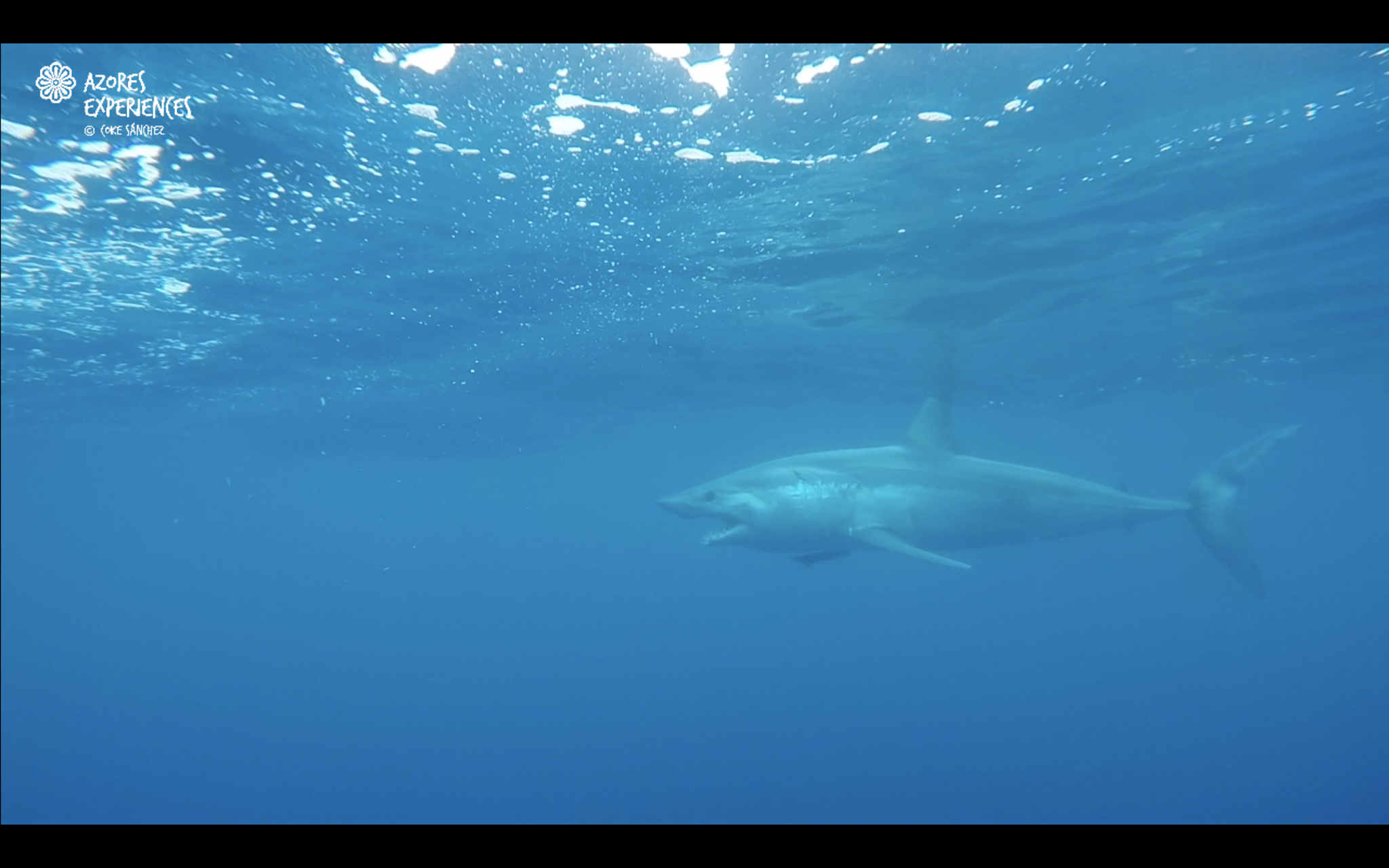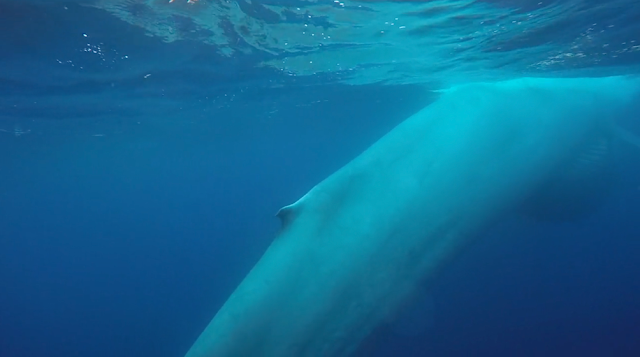Sharks: victims, not perpetrators.
Overfishing has reduced abundances of sharks worldwide, with functional extinction of some species in former habitat strongholds. The world’s fastest shark, the shortfin mako (Isurus oxyrinchus) is globally endangered but remains overfished in the North Atlantic, and in high demand commercially for its meat and fins. There has been management inaction for decades partly because species data is poorly recorded. Unfortunately, despite improvements in data quality and models, regulators are not abiding by scientists’ advice, and nations do not agree to a quota to limit North Atlantic mako catches. However, with a good management, the North Atlantic stick recovery could be achieved by 2070.
The mako’s common name is derived from the Maori term “mako”, which translated means “shark”. There are two living species of mako sharks: the longfin mako (Isurus paucus) and the shortfin mako. The longfin mako resembles the shortfin mako, but has larger pectoral fins and larger eyes.
Makos are found in tropical and temperate waters throughout the world’s oceans. It is a true pelagic species with a large geographical range. Shortfin mako sharks travel long distances to seek prey or mates. They are legendary swimmers reaching sustained speeds of 35 km/h (with bursts to over 80 km/h) and have been known to travel over 2.000 km in little over a month. The shortfin mako is considered the fastest shark in the world.
Average adult size is about 2 m for males and 3 m for females. Large specimens are known, with a few large mature females of almost 4m and almost 600kg. They eat other fast-moving pelagic fishes such as swordfish, tuna, and other sharks, as well as squid, and occasionally marine mammals and sea turtles.
Shortfin makos are estimated to live 29-32 years. Males reach sexual maturity at 7-9 years of age, and females not before 18 years of age. Females can reproduce every 3 years and young –4-25 pups– are born after a 15-18 month gestation period. They are ovoviviparous, which means that embryos in the uterus are nourished by yolk stored in a yolk sac: there is no placental connection between mother and young. Once the young hatch in the uterus, the more developed fetuses feed off of unfertilized or less developed eggs. This is called oophagy.
Shortfin makos are classified in the IUCN Red List Status as Vulnerable. This species is also listed under the 1995 UN Agreement on the Conservation and Management of Straddling Fish Stocks and Highly Migratory Fish Stocks (UNFSA), which requires that all fishing States implement measures to conserve the species. Yet, the shortfin mako is a highly sought after commercially and it is considered over-harvested as a result of direct targeting, and as by-catch associated with tuna and swordfish fisheries. The meat is consumed, the fins are used for shark-fin soup, and liver oil is extracted as a source of vitamin A.
Oceanic shark populations are declining as a result of high fishing pressure and lack of international catch quotas. The shortfin mako shark is a common bycatch of pelagic longline and gill-net fisheries, where it is retained for both meat and fins. It is the second-most common oceanic shark caught by high seas longlines. Although underestimated, North Atlantic reported catches exceed 3.300 tons annually.
If prohibition can be agreed upon and, importantly, is enforced, recovery will be very slow but possible. Since shortfin mako sharks produce few offspring, the population growth is slow. However, we must seek their recovery and push governments and lobbies to stop shark fishing, finning and improving fishing techniques in order to reduce bycatch.
In the following links you will find NGOs and shark conservation projects:
https://wildaid.org/programs/sharks/
https://www.worldwildlife.org/species/shark
https://www.sharktrust.org
https://www.globalsharkmovement.org
https://www.iucnredlist.org
Maria Serra
REFERENCES
Florida Mueseum of Natural History (2018) Shortfin Mako. Florida Museum; Discover Fishes https://www.floridamuseum.ufl.edu/discover-fish/species-profiles/isurus-oxyrinchus/
Mucientes, G., et al. (2018) Transmigration and capture-risk of mako shark in North Atlantic. EEA2018; Peniche. DOI: 10.13140/RG.2.2.30240.02564
NOOA Fisheries (2021) Atlantic Shortfin Mako Shark. NOAA species directory. https://www.fisheries.noaa.gov/species/atlantic-shortfin-mako-shark
Sims, D.W., Mucientes, G., Queiroz, N. (2018) Shortfin mako sharks threatened by inaction. Science, 359 (6382) pp. 1342 DOI: 10.1126/science.aat0315
Sims, D.W., Mucientes, G., Queiroz, N. (2021) Shortfin mako sharks speeding to the brink. Science, 371 (6527) pp. 355. DOI: 10.1126/science.abg2355
Stevens, J.D. (2008) Sharks of the Open Ocean: Biology, Fisheries and Conservation. Chapter 7 pp. 87-94. Blackwell Publishing. ISBN: 978-0632-05995-9






Comments
Post a Comment